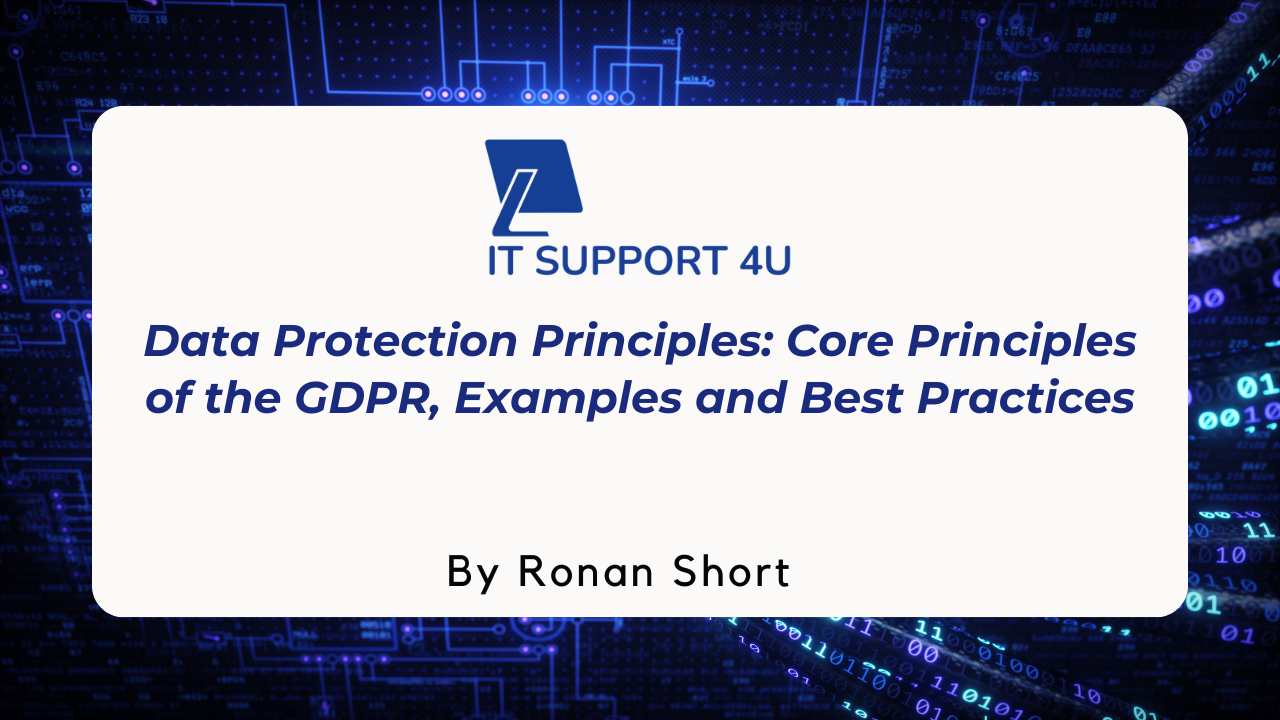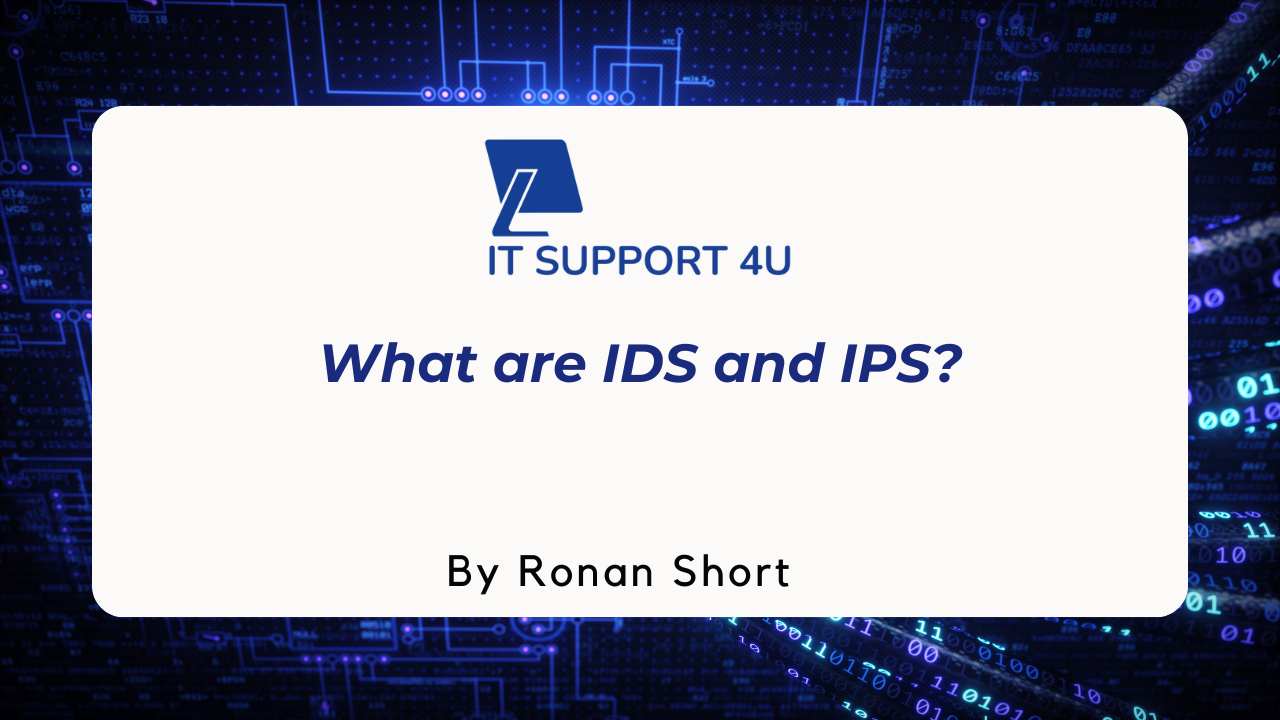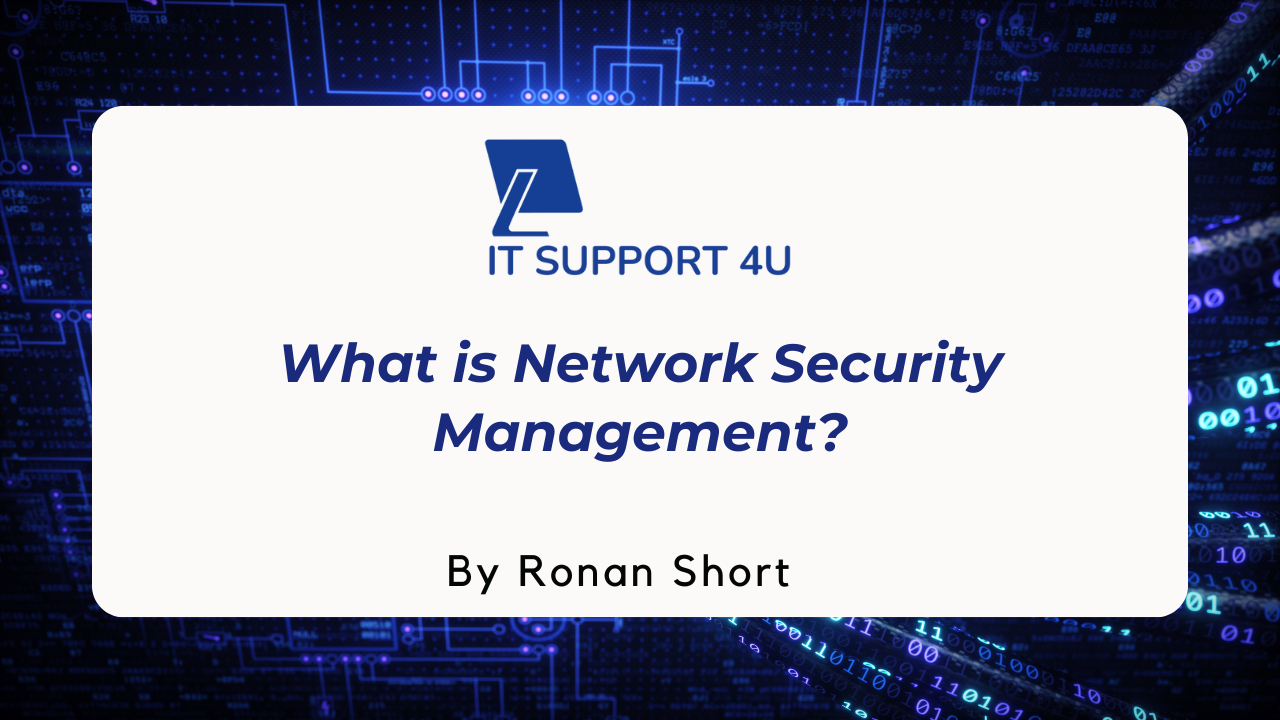Looking for the top 10 cybersecurity threats in 2025 and how to protect against them? As we step into 2025, cybersecurity threats are evolving rapidly, posing serious risks to both individuals and organisations.
The increasing threat of cyberattacks, driven by advancements in technology, means that traditional security measures are often no longer sufficient. From AI-driven malware to complex ransomware schemes, cybercriminals are finding new ways to use vulnerabilities.
In this blog, we’ll explore the top 10 cybersecurity threats expected in 2025 and provide practical strategies to help you protect your systems, data, and personal information against these emerging dangers.
Let’s start!
What Are Cybersecurity Threats?
Cyber threats are attempts to damage, disrupt, or gain unauthorised access to computer systems, networks, or digital information.
These threats can come from various sources, including hackers, malware, and other malicious actors, often aiming to steal data, compromise security, or cause harm to an organisation’s reputation.
Effective cybersecurity measures are essential to protect against these ever-evolving dangers and protect sensitive information.
What Are the 10 Common Types of Cybersecurity Threats?
Malware attacks
Malware, short for "malicious software," refers to various forms of harmful software like viruses, worms, and spyware.
These programs infiltrate a system, corrupting or stealing data and often allowing hackers unauthorised access to networks.
Phishing attacks
Phishing involves tricking individuals into disclosing sensitive information like passwords and financial details.
Attackers typically use fraudulent emails or websites that look legitimate organisations, deceiving users into sharing their personal data.
Man-in-the-middle (MitM) attacks
In a MitM attack, a hacker secretly intercepts and relays communication between two parties, often altering the data in transit.
This attack is common in unsecured public Wi-Fi environments, where hackers can easily infiltrate online sessions.
Denial-of-service (DoS) attacks
DoS attacks disturb a system or network with traffic, making it inaccessible to users.
By flooding the network with excessive requests, attackers disrupt services, causing significant downtime and operational losses for organisations.
SQL injection attacks
SQL injection involves inserting malicious SQL code into a database query, allowing attackers to manipulate databases.
This can result in unauthorised access to sensitive data, often compromising personal information and financial records.
Cross-site scripting (XSS) attacks
XSS attacks inject malicious scripts into trusted websites.
When users interact with these sites, the scripts run in their browsers, potentially stealing their session cookies or redirecting them to malicious websites.
Credential stuffing
Credential stuffing involves using stolen username-password combinations from one branch to access other accounts.
Attackers rely on users reusing passwords across sites, allowing them to access multiple platforms with a single set of credentials.
Zero-day exploits
A zero-day exploit takes advantage of a software vulnerability that the vendor is unaware of.
Attackers exploit these unknown weaknesses, gaining access to systems and data before the developer can release a patch to fix the issue.
Insider threats
Insider threats occur when employees or contractors misuse their access to an organisation’s network.
Motivated by personal gain or revenge, these individuals can leak sensitive data or intentionally disrupt systems.
Ransomware attacks
Ransomware is a type of malware that encrypts a victim’s data, demanding a ransom to restore access.
These attacks often target businesses and critical infrastructure, causing significant financial and operational disruptions.
What Are the Key Strategies to Prevent Cyber Threats?
Regular software updates
Keeping software and systems up-to-date is essential to patch vulnerabilities that hackers use.
Regular updates ensure that your systems have the latest security features, reducing the risk of zero-day attacks.
Employee training and awareness
Educating employees on cyber threats and safe online practices can prevent human errors that lead to breaches.
Training programs should cover phishing, password management, and recognising suspicious activities to foster a security-conscious culture.
Using strong authentication methods
Implementing multi-factor authentication (MFA) adds an extra layer of security, requiring users to verify their identity through multiple methods.
This approach reduces the chances of unauthorised access, even if login credentials are compromised.
Implementing network security measures
Firewalls, intrusion detection systems, and secure access protocols help monitor and protect networks from potential threats.
These tools can detect unusual activities, providing early warnings and preventing unauthorised entry.
Data encryption
Encrypting sensitive data ensures that even if it is intercepted, it remains unreadable to unauthorised users.
Encryption protects data both in transit and at rest, protecting critical information from theft or misuse.
Conclusion
In 2025, cybersecurity threats continue to evolve, with new and complex tactics challenging businesses worldwide. From malware and phishing to insider threats and zero-day exploits, staying watchful is essential to protect sensitive data and maintain operational security.
By adopting preventive measures like regular software updates, employee training, and strong authentication, organisations can reduce their vulnerability to these threats.
Protecting your business requires expert support—contact IT Support 4U to strengthen your cybersecurity defences and ensure your organisation remains protected against the latest risks. Reach out to our team today for proactive solutions.
Get an IT Plan Today!













